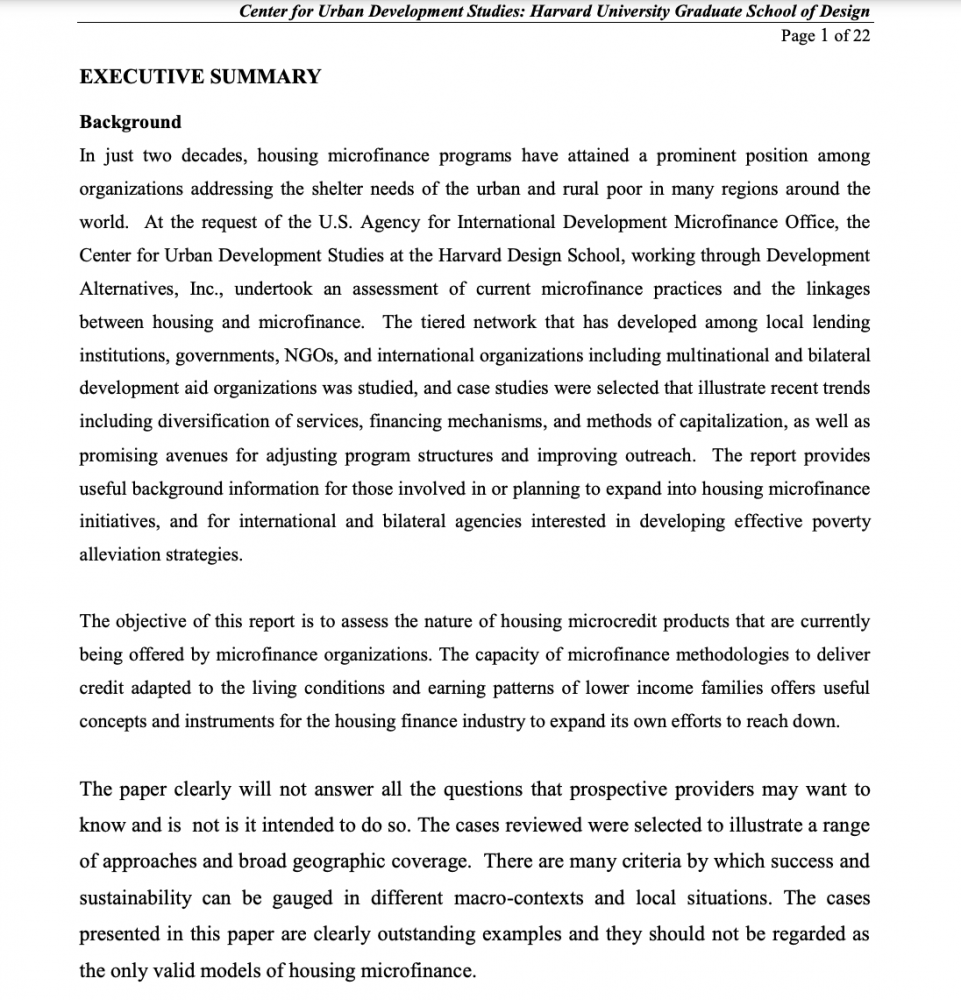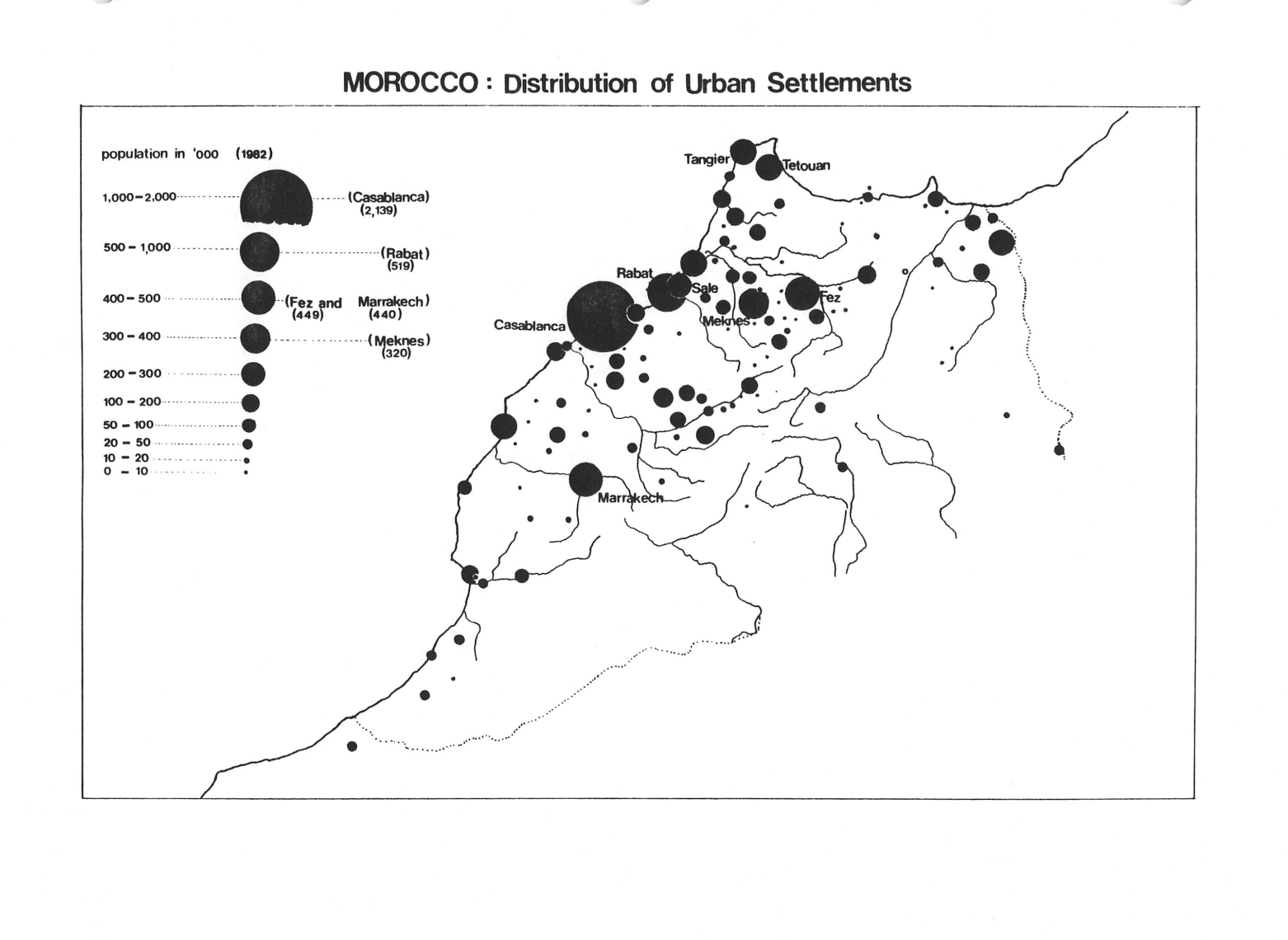Abstract
Between 2010 and 2014, ICLRD led executive training programs funded by the EU, and seen as contributing to the long-term peace and reconciliation process in the Irish border region. The Newry–Dundalk Twin-City training program led to a Council Memorandum of Understanding, from a model designed by John Driscoll and ICLRD colleagues. This has been acknowledged by the European Union as a best practice outcome, leading to further mutual support on tourism, green energy and economic development projects in Newry-Dundalk.
Similar outcomes were achieved after the second training program included here, Northwest Training Program (October 2010 to June 2011). From the the Executive Training and Animation Program (September 2013 to July 2014), successful training of Council Executives, Councilors and senior local government staff led to new agreements to deliver cross-border services, and provided a framework for long-term cooperation in spatial planning. Programs were delivered to geographical groupings of border counties that shared functional relationships. The training programs were followed up with technical assistance to progress a particular priority identified by participants in the training program.
Mr. Driscoll and Caroline Creamer of Maynooth University were responsible for overseeing the development, design and delivery of these professional education programs. ICLRD was an early adapter of web-based learning with each a dedicated web-site developed for each training program that was developed by Daniel Tsai and maintained by I2UD staff including Carolina Morgan and Christa Lee-Chuvala.
ICLRD training programs between 2009-2014
– Newry/Dundalk Twin City Region Training Programme (November 2009 to May 2010)
– Northwest Training Program (October 2010 to June 2011)
– ICBAN Region Training Program (October 2011 to December 2012)
– Executive Training and Animation Program (September 2013 to July 2014)
Excerpt
[Excerpt: “BACKGROUND TO MODULE 1,” Executive Training Programme, September 2013. CroSPlaN II – An INTERREG IVA Funded Programme. Module One. Visioning Local Government: Reform, Realisation, Responsibility. Post Module Report, p. 2.]
“The Executive Training and Animation Programme for cross-border region councils, using the successful ICLRD model linking training and animation developed under CroSPlaN I, targets the 22 Councils involved in the three local authority-led cross-border networks, namely:
– Irish Central Border Area Network (ICBAN);
– North West Region Cross Border Group; and
– East Border Region Ltd.
“The programme will be delivered through a programme of plenary sessions, seminars, discussion forums and working groups…this programme will improve the quality of cross-border cooperation and provide a critical forum to bring together cross-border councils, selected cross-border bodies and central government departments to support joint solutions supported by collaborative agreements. The programme will consist of 10 modules; with post module reports to be prepared for the initial five plenary sessions.”
See more at: https://iclrd.org/activities-2/training-and-capacity-building-2/
See related I2UD projects below
| Project Year: | 2009-2010 |
| Project Type: | Executive Training Programs |
| Geographic Regions: | Newry, Northern Ireland / Dundalk, Ireland |
| Reports: | Newry-Dundalk Twin City Region Training Programme: Report (May 2010) — Executive Training and Animation Program: Module One Report, “Visioning Local Government: Reform, Realisation, Responsibility” (September 2013) Module Two Report, “Exploring the Operational Framework: Brussels to the Irish Border” (October 2013) Module Three Report, “Steering a Course: Leadership and Decision-Making in Spaces of Transition” (October 2013) Module Four Report, “Service Delivery: New Models of Delivery and Community Empowerment” (November 2013) Module Five Report, “Strategic Cooperation: Strength in Unity of Purpose” (December 2013) |
| Authors: | Kevin Murray; Ruth Taillon; Eimear Donnelly; Caroline Creamer; Peter Roberts; Jenny Pyper; Gaven Rafferty; Seán O’Riordáin; Sharon McNicholl; Louise McNeill; David Walsh; Linda McHugh; Juston Gleeson; Robin Hambleton; Tom Reid; Niall Cussen; John Fitzgerald; Connie Hanniffy; Kat Healy; Simin Davoudi; Neale Blair; Lorraine McCourt; Carrie Small; Andy Pollak; Joan Martin; Michael Curran; Jim Hetherington; |
| Sponsors: | CroSPlaN, European Union INTERREG IVA |
| Categories: | Education |
| ID: | 2009_00_004 |






